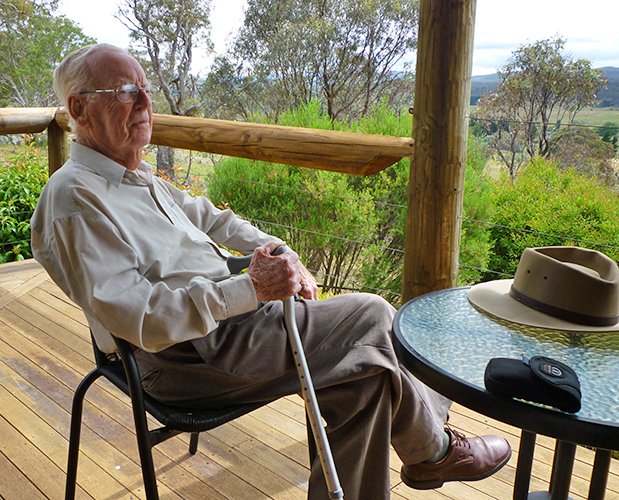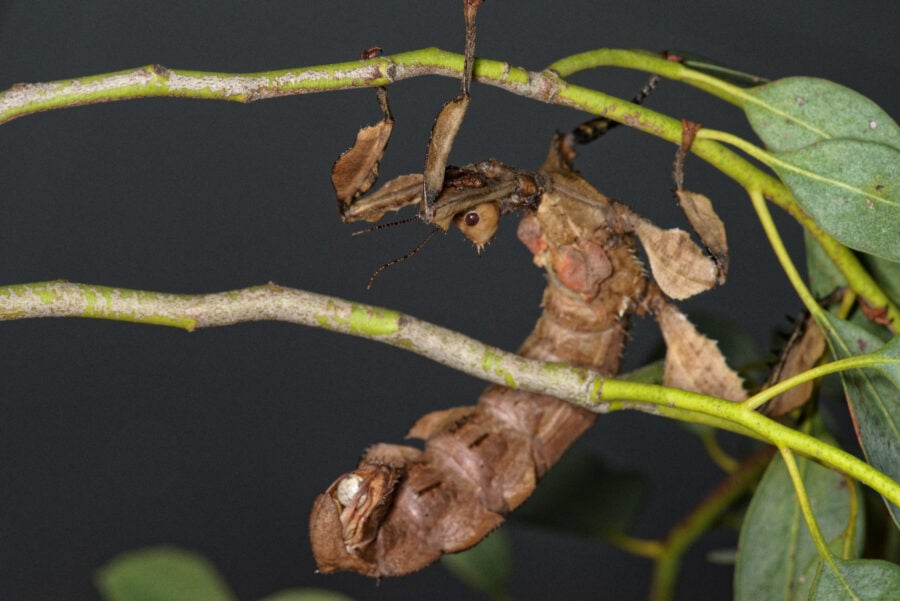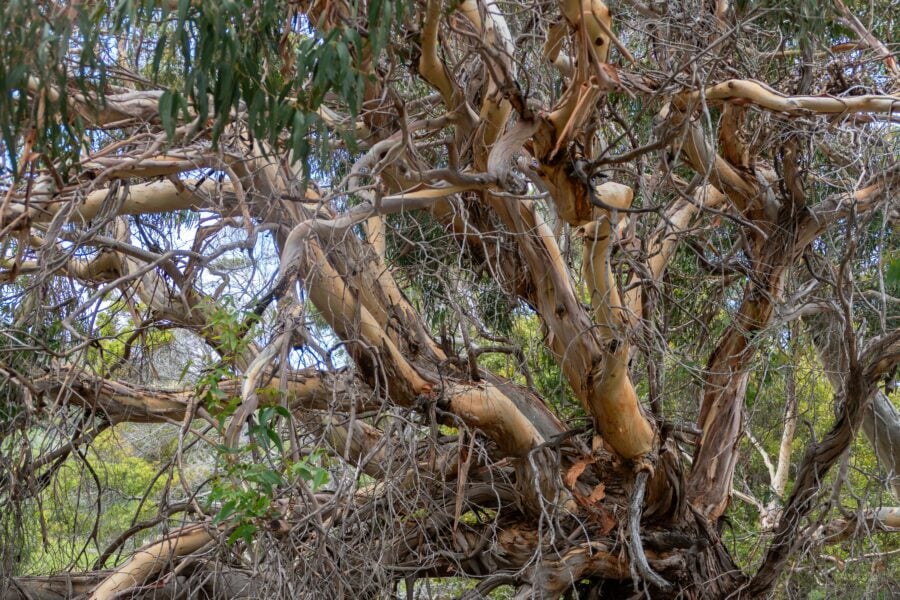On this day: Happy 100th birthday to Dr Max Day

ON THE 21 December 1915, in the midst of World War I, Maxwell Frank Day was born in Sydney. Today, the widely-respected Australian entomologist and ecologist is celebrating 100 very productive years.
Max Day AO FAA is perhaps best known for his work with Professor Frank Fenner on ‘myxo’ – the myxomatosis virus. Myxo is a mosquito-born virus introduced to Australia in 1950 as a means of controlling a destructive feral rabbit population disaster.
Max Day’s role in controlling the rabbit plague
By the late ’40s, 600 million bunnies were digging burrows into farmland across the country. Then, a 30-something Max did much of the seminal work on how the mosquitos could carry the myxo virus across the country and through rabbit populations. Within two years of its release, myxomatosis reduced rabbit numbers from 600 million to 100 million – a solution that had huge ecological and economic consequences for Australia.
A lifetime of prestigious appointments followed, including as the founding chief of the CSIRO’s Division of Forest Research. Incredibly, 60-odd years after the myxomatosis release, Max, aged 97, was still making news when his work with a team of scientists helped shed light on the scribbles on Aussie gum trees.

Dr Max Day in December 2013. (Credit: Courtesy Jon Day).
The Day team’s scribbly gum revelations
When he began working on scribbly gum moths, Max had already been retired for 25 years. But one day he had walked into Dr Marianne Horak’s office at the CSIRO and asked if she’d be interested in understanding the larval patterns made on gum trees by the little-known moth species.
Marianne says she had thought that this was a “very difficult” area but, considering Max’s many career successes, had thought that he was free to go on what she imagined might be a “wild goose chase”.
To the surprise of many, Max and Marianne’s team ended up describing 11 new species of scribbly gum moth and published findings on the reasons for different types of scribbles.
Speaking to Australian Geographic mid-way through his research in 2007 (aged 91), Max described two distinct scribble types identified by his team and made by the larva of moths feeding on eucalypt wood (AG 86). One type, he said, double back on each other, while the others looked more like waves.
At the time, he had been quick to add that they were only “nibbling at the edges” of the research. His team would persist for another five years, publishing their final papers in 2012.
A good Day’s work
Today, at 100 years old, Max can lay claim to 98 academic publications spanning 74 years; named in his honour are four species and one genus of insect, as well as a lichen; he has also been a Fellow of the Australian Academy of Science for 59 years (making him the longest serving and oldest living Fellow). Praise for Max’s work has been abundant – particularly for his work mentoring other scientists.
As to why a scientist in his 90s would opt to undertake another raft of extensive research, Marianne told Australian Geographic that Max is “simply eternally curious” and remains so into his 100th year.
Happy Birthday, Dr Max Day!
RELATED ARTICLES
Max’s son Jon has written a booklet with more information about his father’s career, available here.




